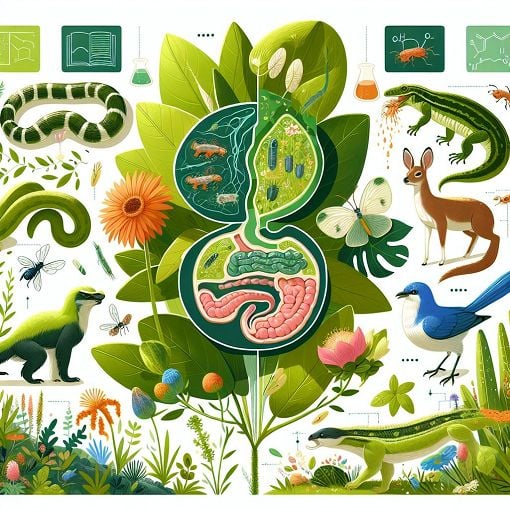Life Processes
{"name":"Life Processes", "url":"https://www.quiz-maker.com/QPREVIEW","txt":"Are you ready to delve into the fascinating world of life processes? This quiz will challenge your understanding of how organisms obtain and process their nutrients, as well as the key roles played by different biological mechanisms.Join us to explore topics such as:Digestion in humansPhotosynthesis and nutrient absorptionThe roles of enzymes and digestive juicesModes of nutrition in various organisms","img":"https://cdn.poll-maker.com/104-5107029/img-vttnupushzugmm1odbksf72f.jpg"}
More Quizzes
Biology : WNT || JUST 4 U ❤️
1580
Bio quiz
1050
320
Life Science
520
Take the Ultimate Git - Test Your GitHub Skills!
201086493
Test Your Skills: Corrective and Preventive Action
201048071
Master Japanese Te Form: Test Your Conjugations!
201045227
Free Gemstone Personality Test: Which Stone Are You?
201023755
Exp Psych Human Learn
15819804
Master APUSH: Second Bank of the US Challenge
201029226
Can You Pass This Atmosphere Trivia Challenge Now?
201036820
Test Your Sudden Illness Knowledge: Signs & Symptoms
201049111
